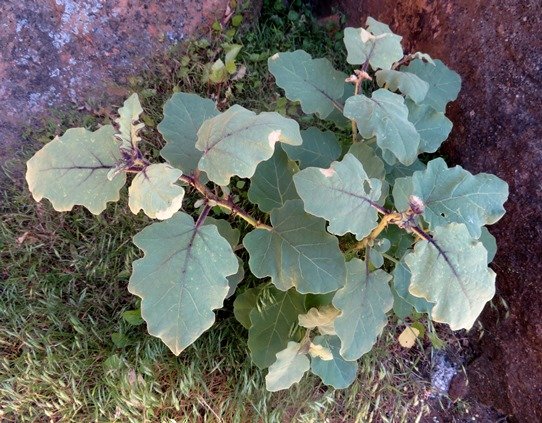Solanum

Author: Ivan Lätti
Photographer: Thabo Maphisa
Solanum is a genus of herbs, shrubs and small trees in the Solanaceae family. Some species are spiny and some are climbers.
Well-known plants of the genus include the tomato, the potato, capsicum, aubergine and nightshade or nastergal, while tobacco and Lycium are members of the family. The generic name, Solanum, is derived from the Latin word solamen, meaning solace or relief, referring to the narcotic properties of some species.
The simple leaves are alternate or opposite, sometimes deeply lobed. There are no stipules.
The flowers grow from leaf axils and stem-tips, solitary, paired or in clusters. The calyx has four to ten teeth or lobes. The corolla is mostly five-lobed, the tube sometimes bell-shaped.
The stamens, usually five, arise at different levels in the corolla tube. The linear to oblong filaments are shorter than the usually large anthers that are oblong or lanceolate in shape. The anthers open by pores at the tips or via longitudinal slits.
Buzz pollination occurs in many species. This involves rapid wing movement of certain (solitary) bee species, causing the smooth pollen grains to be released through a pore at the anther tip.
The ovary usually has three or four locules containing many ovules. The style is cylindrical, the stigma head-shaped or two-lobed. The fruit is a spherical, fleshy berry, often toxic to people; not called gifappeltjies (little poison apples) for no reason.
There are about 1400 species worldwide, 25 of which are indigenous in southern Africa, while 15 more are naturalised here and invasive. Few species are browsed (Leistner, (Ed.), 2000; Vlok and Schutte-Vlok. 2015; Manning, 2007).

